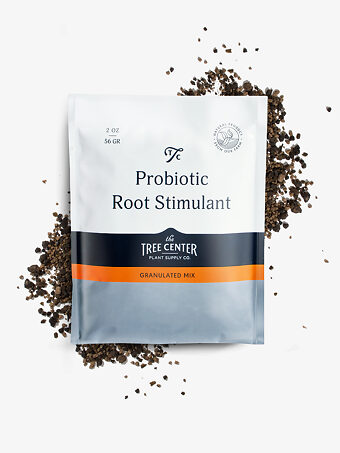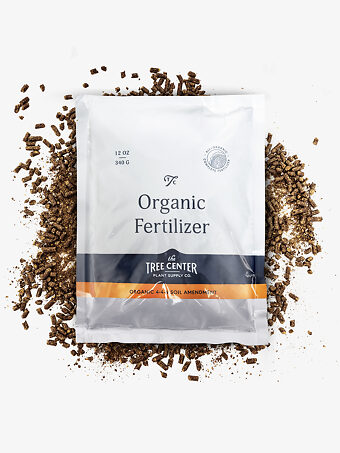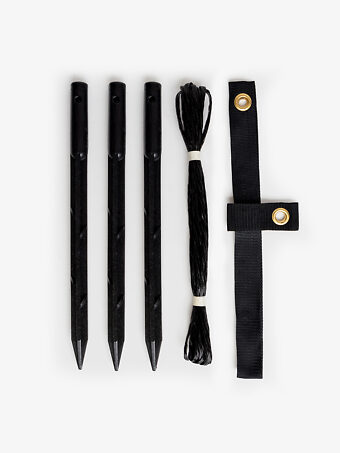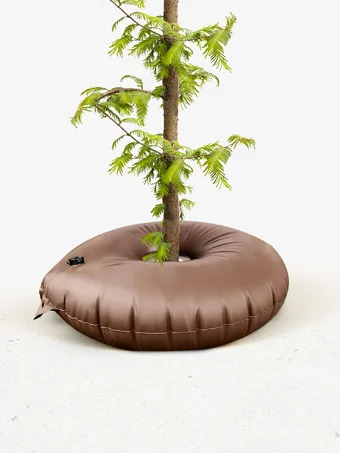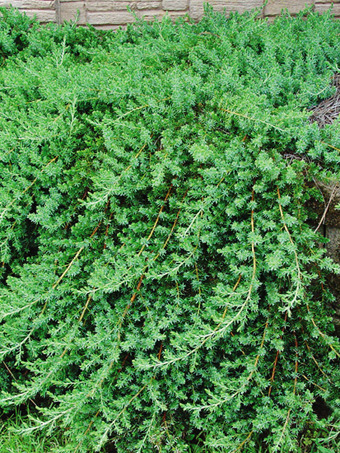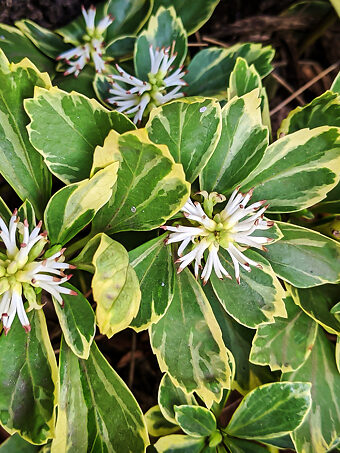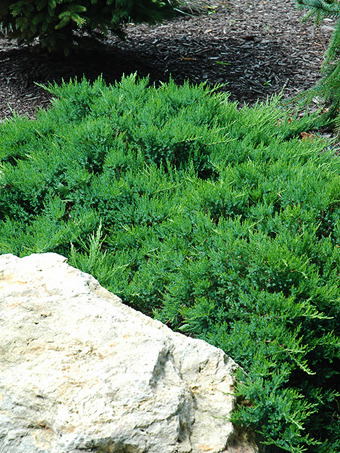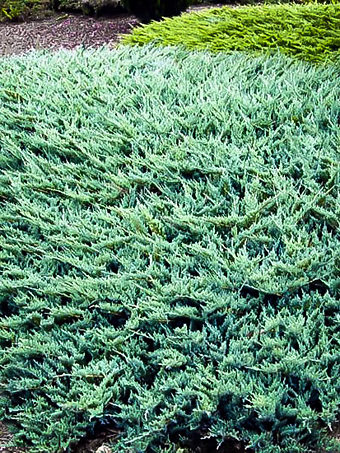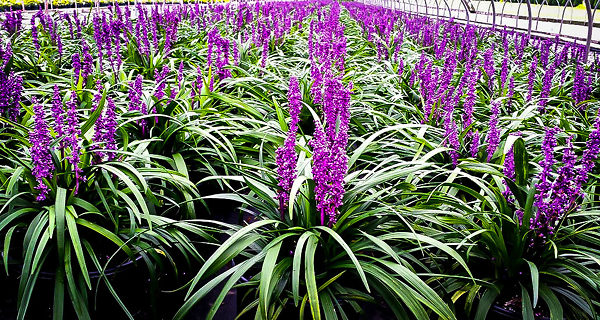

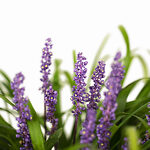

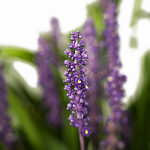
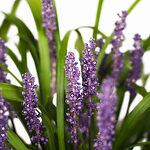


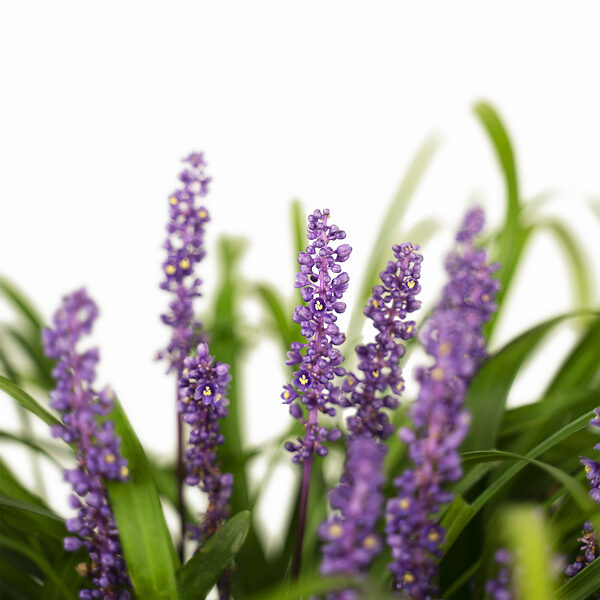
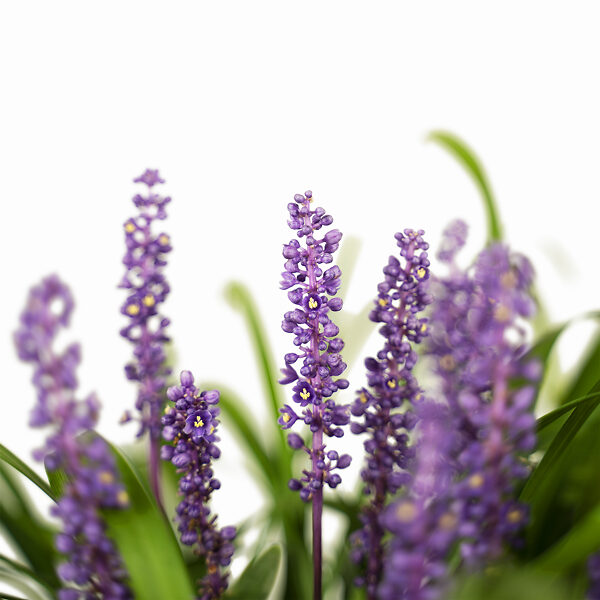
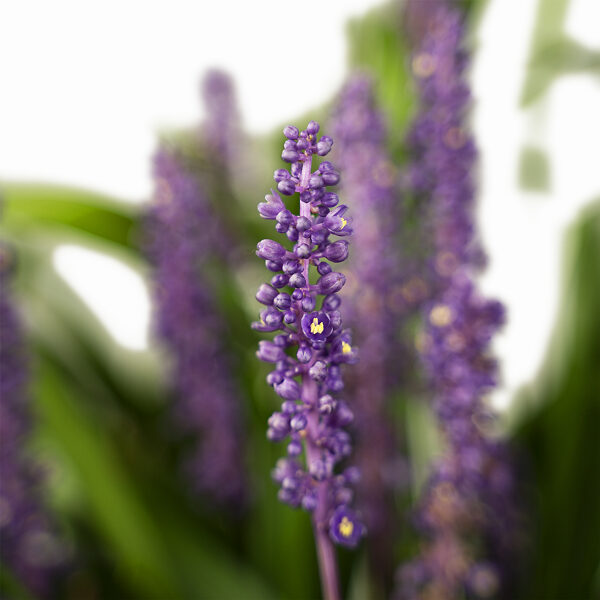
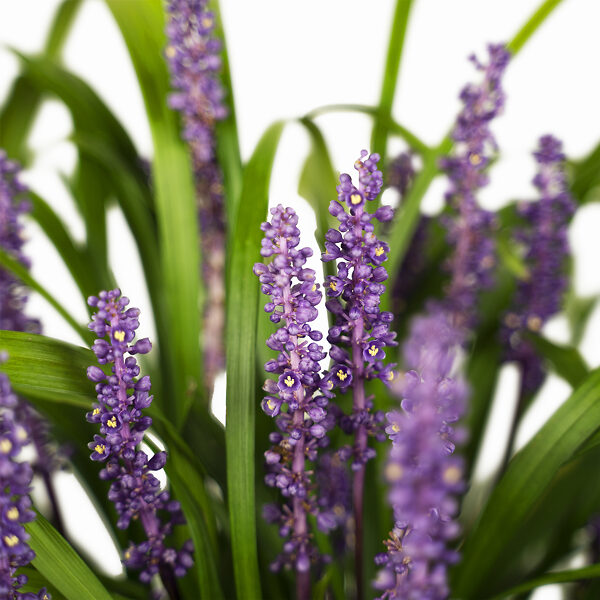
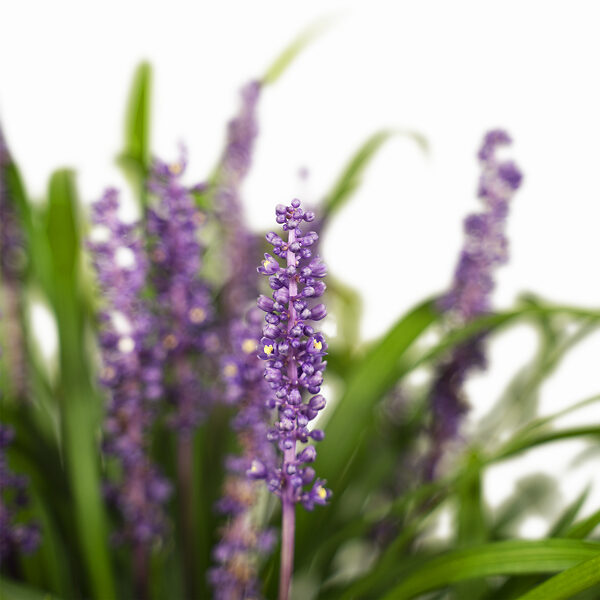
Royal Purple Liriope
Liriope muscari 'Royal Purple'View more from Ornamental Grasses
Royal Purple Liriope
Liriope muscari 'Royal Purple'
this item doesn’t ship to
Royal Purple Lily Turf is a remarkable ground-cover plant for filling the spaces beneath your trees and shrubs. Create a rich garden look with layers of plants from tree-top to ground level. This plant has narrow, strap-like, glossy leaves of a rich purple color, and spikes of deep blue flowers decorate it from late summer through fall. It will slowly spread, without becoming weedy or invasive, to form a beautiful carpet a foot or so tall, all across your beds. It can be used as an edging plant along shrub or flower borders, or planted alone to fill awkward corners of your garden, or in pockets among paving. It can also be grown in large planters, beneath taller plants, to create permanent planting instead of time and money consuming annual flowers. It grows equally well in full sun, partial shade or full shade.
- Outstanding ground cover for sun or shade
- Rich purple-colored grass-like leaves
- Resistant to heat, humidity and drought
- Very easily grown, from full sun to deep shade
- Pest and disease free, deer-tolerant too
Plant the Royal Purple Lily Turf in any soil, from sand to clay. It grows best in neutral or acidic soils. Water regularly when newly planted, but established plantings are drought resistant. This plant grows well in hot, humid areas too, and it is hardy from zones 6 to 10. It will even grow in sheltered spots in zone 5. It has no significant pests or diseases, it is resistant to deer, and once established it will block the growth of weeds. The only care needed all year long is to clip or mow it in late winter or early spring, to remove the old growth and flower stalks. Fresh new leaves will quickly emerge to bring back a rich, purple ground cover.

Botanical Name:
Liriope muscari 'Royal Purple'
Mature Width:
1-2 ft
Mature Height:
1-2 ft
Grows Well In:
Zones 5-10
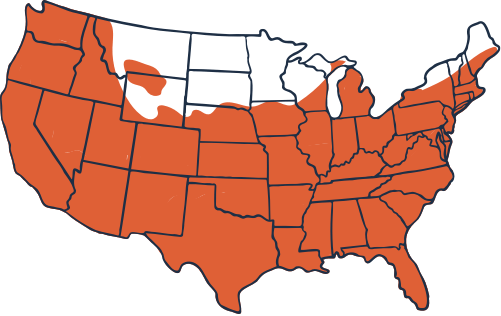
Sun Needs:
Full Sun, Partial Sun, Shade
Water Needs:
Moderate
Growth Rate:
Medium
Flower Color:
Blue
Flowering Season:
Fall, Summer
